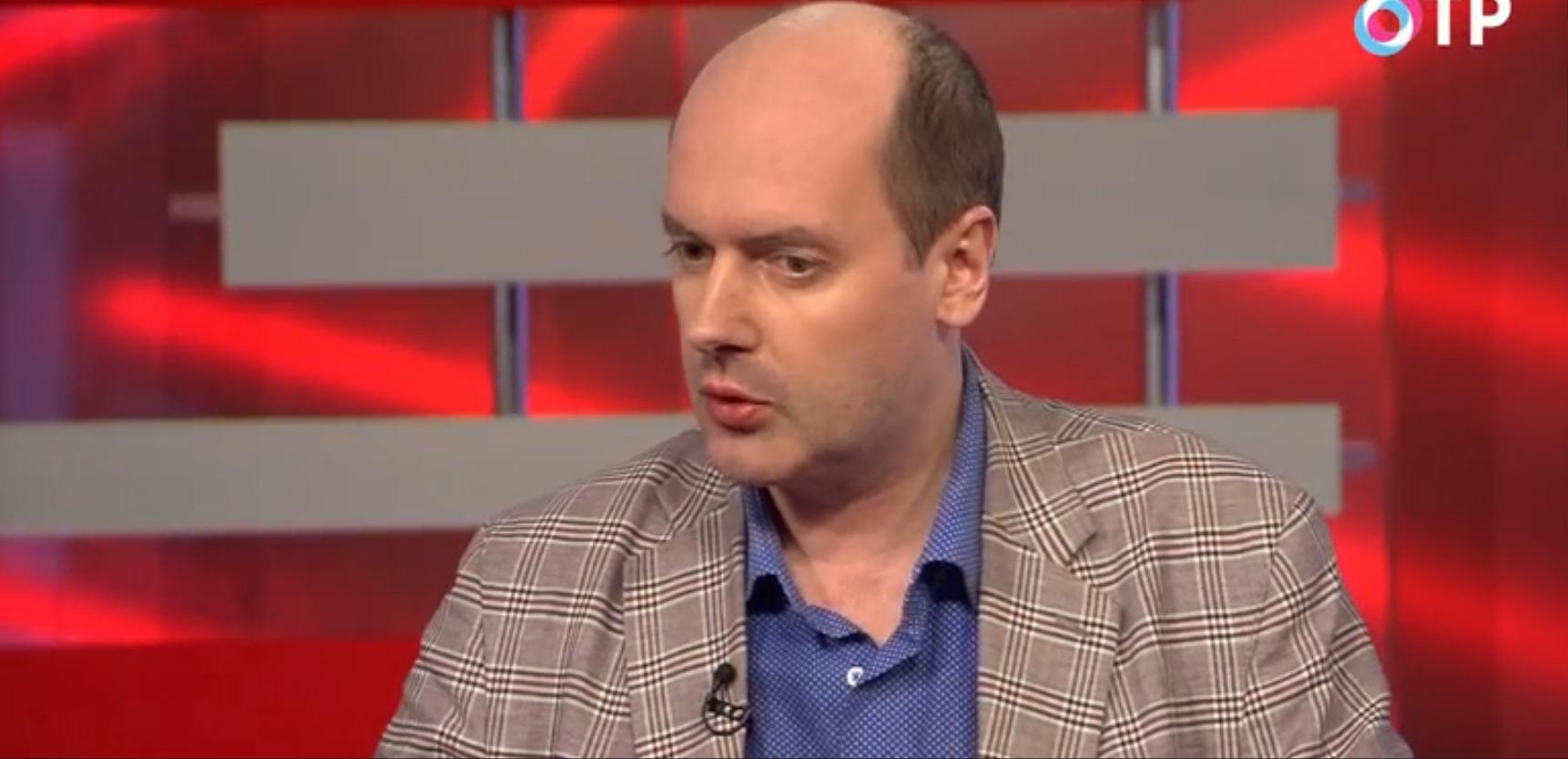Pundits examining possibilities of clashes between Russian, NATO armies Expert opinions on Caliber.Az
The well-known Bild paper has obtained a secret document from the German Ministry of Defense, from which it follows that Russia may be preparing for a full-scale offensive on the West in 2025. The document, marked as “for internal use,” contains a possible “Path to Conflict” between Russia and NATO in detail, up to the culmination of the “imminent outbreak of war” in the summer of 2025. For security reasons, Bild does not publish all information - in particular about the number and movements of NATO troops.
In conformity with the scenario of the German Ministry of Defense, in the first half of 2024, Russia again mobilizes and calls up an additional 200,000 people into the army, after which it launches a spring offensive in Ukraine, which by June pushes the Ukrainian army back.
In July, the Bundeswehr predicts the start of cyberattacks and other forms of hybrid warfare in the West, mainly in the Baltic countries. Russia is beginning to use these attacks as a reason to launch large-scale exercises on its territory and in Belarus. If Russia manages to transfer troops and medium-range missiles to Kaliningrad, the scenario of the German Ministry of Defense assumes an aggravation of the situation in the Suwalki corridor, which actually runs along the border of Poland and Lithuania, separating the Baltic countries from the rest of NATO members. In October, an artificially caused “border conflict” and “riots with numerous casualties” occur there.
Then, according to the Bundeswehr, at an extraordinary meeting of the UN Security Council, Russia will accuse the West of preparing an attack on the country. In January 2025, Poland and the Baltic countries will report at a meeting of the NATO Council about the growing threat from Russia. In March, Moscow will deploy additional troops to the borders with the Baltic countries. In Belarus alone, the Kremlin will have two tank divisions and a motorized rifle division, with a total of more than 70,000 soldiers.
In May of the same year, the North Atlantic Alliance will transfer 300,000 troops to the eastern flank, including 30,000 Bundeswehr soldiers. Whether this will allow Russia to be deterred from attacking is not specified in the scenario. And the question remains unanswered: how does the hypothetical collision end if it takes place?
The German Ministry of Defense did not comment on the document, but noted that “the consideration of various scenarios is part of everyday military activity”.
Does the secret scenario developed by the Bundeswehr seem realistic enough? After all, this means a direct clash between Russia and the entire NATO system. Can it come to this, and even intentionally?
Foreign experts shared their thoughts about this with Caliber.Az.

Many say that this information is just a scenario for an exercise. Although it is possible that the hypothesis about the exercises appeared to reassure readers, admits Russian political analyst, editor-in-chief of the After Empire portal Olga Kurnosova.
“If we talk about the likelihood of this scenario, then everything will depend on events on the Ukrainian-Russian front. On the quantity and quality of weapons that Ukraine will receive from its partners. Today Russia is counting on a long war. The Russian military-industrial complex is working satisfactorily; there is enough manpower for mobilization. Although Russians don’t really want to go to war, there are still enough conscripts and mobilized people,” says the expert.
Therefore, Kurnosova notes, the key thing is the arms race.
“Russia has already started it, but the West has not yet. It is obvious that Russia will lose in this race. But if the West does not start producing enough weapons tomorrow, then a direct clash between Russia and NATO will become very likely. Both Poland and the Baltic countries understand this very well. Therefore, their support for Ukraine is and will be the maximum possible,” Kurnosova said.

German political expert, ex-Bundestag MP Waldemar Gerdt notes that, in general, there is nothing new here; for decades the Bundeswehr has been conducting virtual exercises, repelling attacks from the east, from Russia.
“Soldiers and generals were raised on this for decades. I simply consider the fact that this information has now been leaked into the media space to be an ordinary political technology move by the German government. The fact is that in its own country it has created a situation in which it cannot continue to lead unless something diverts the anger of the people. I see this through their statements in the media.
“How can you go on strike now? We have a war on the nose. Now Ukraine will lose the war, and then they will attack us. And you, so and so, demand some kind of subsidies for yourself. Under such circumstances, we need to empty all our wallets.”
That is, the main task of the German leadership now is to open a certain valve to release the steam of popular anger, which threatens to sweep away the current government. This is the first.
Second, it is necessary to somehow justify the billions of dollars in expenses that have gone and are now going to Ukraine free of charge. How to justify it? Well, like this - they say, if Ukraine loses, they will immediately attack us as the next. This is another reason for the drain,” says the German expert.
In fact, he believes, Russia is now not ready for another war.
“They would be happy to end the ongoing conflict as soon as possible to begin building their economy. They have a huge problem with demographics. The economy, although not in such a deplorable state as the German one, is still suffering. Just like the people - from the ongoing hostilities. And to enter into a conflict with NATO, they have, I think, neither the resources, nor the desire, nor the capabilities.
“But to somehow shift the blame for the fact that the entire German economy collapsed (the automobile industry, the chemical industry, the construction industry, are now taking on farmers, which threatens a serious catastrophe, threatens our country with famine), to distract people from the right decisions, it was necessary to come up with this situation with an external enemy and paint it so beautifully. I am reiterating that there is nothing new in this - all educational doctrines and virtual games followed exactly this scenario, that Bild is now describing. This was already 5 and 10 years ago,” Gerdt noted.

In turn, co-chairman of the Russian political party Democratic Choice, and member of the board of the Liberal Mission Foundation (Moscow), Sergei Zhavoronkov, says that he would not rule out a possible attack on the Baltic countries, Finland, Kazakhstan, and Georgia. According to him, the leadership of the Russian Federation may well be explained that NATO will not intervene in much the same way as they explained about the capture of Kyiv in three days.
“Some well-known propaganda texts (like Karaganov’s famous text about the desirability of launching nuclear strikes on European countries because the United States will be afraid to respond) carry not only an element of intimidation but also reflect the customary substitution in Russia of analytics with statements that are pleasant for the leadership to hear,” the political expert says.
A threat of attack cannot be underestimated, he admits.
“But if we talk about specifics, then there are many questions. First, it is not a fact that Lukashenka will agree to the full-scale involvement of Belarus in such a conflict. Although he has provided his territory for an attack on Ukraine, he, however, did not enter into the war himself. Second, until the Russian Federation has achieved serious successes on the Ukrainian front (and there were none in 2023, the front has actually stabilized) or a truce, it is very problematic to open a new front. Third, the armies of the Baltic countries are small, but the army of Poland exceeds 100,000 people and is well equipped.
In addition, the calculation of the exact date looks strange - the summer of 2025. The decision to start a war, if there is one, is unlikely to come from some long and carefully calculated plan, but will be a consequence of emotions at the top. As the events of 2022 have shown, the Russian Federation needs about 2-3 months to deploy its contingent. There is no such contingent in Belarus yet. If signs appear, then there will be enough time to transfer units from Western Europe,” concludes Zhavoronkov.








